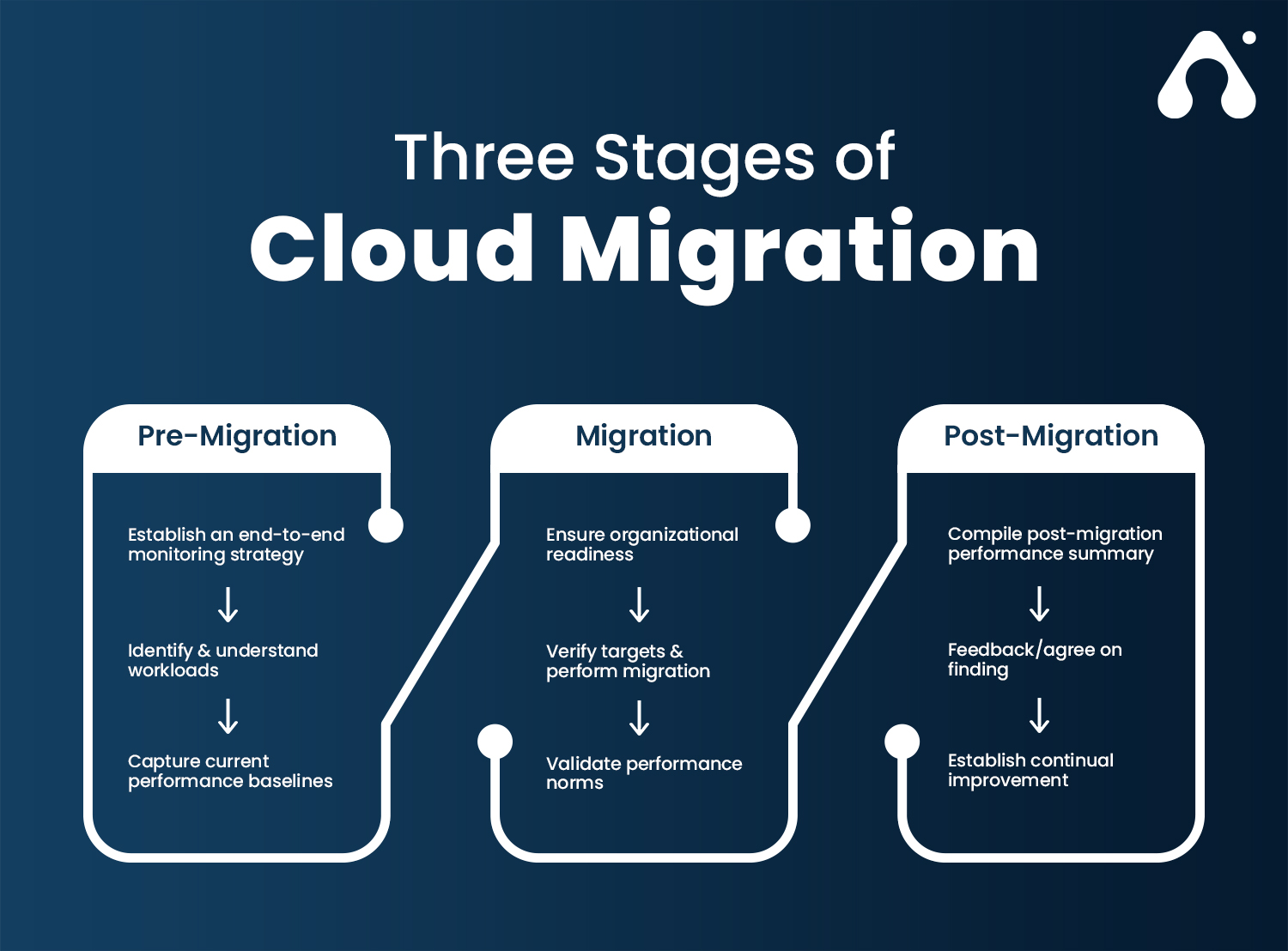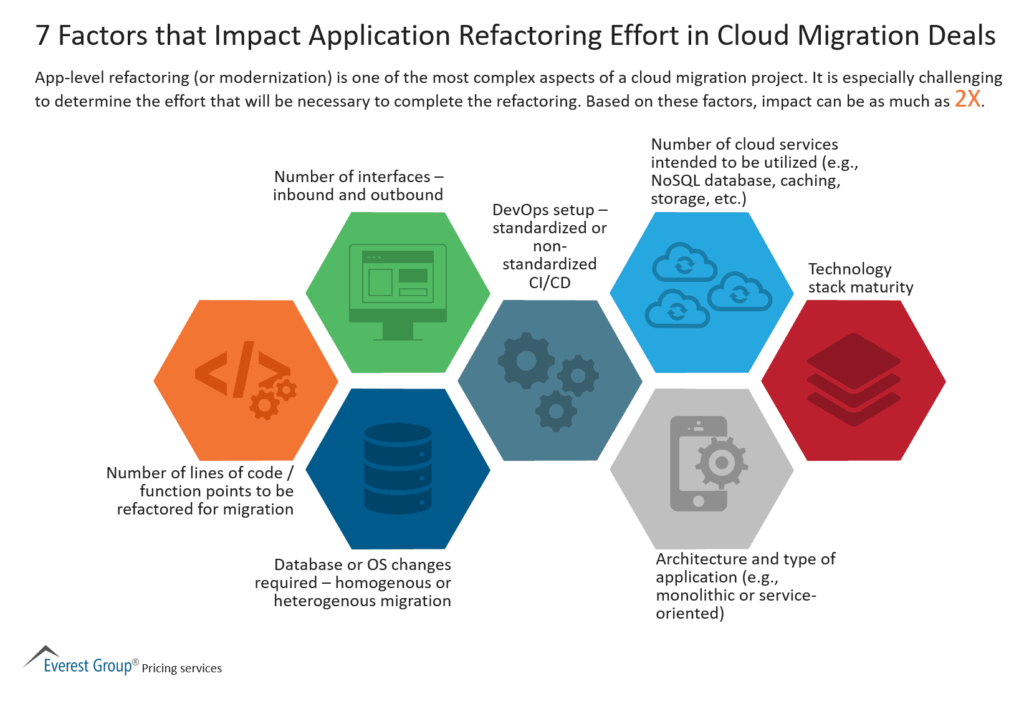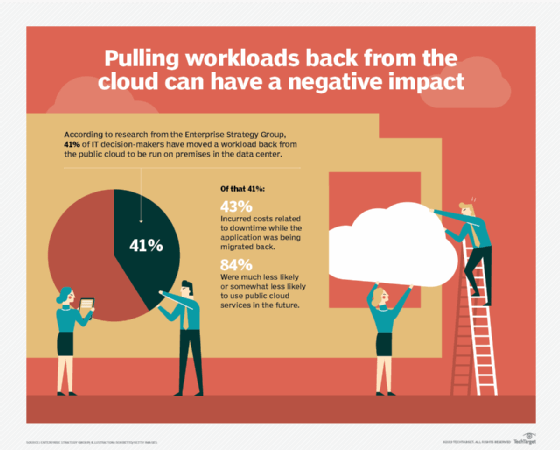As businesses continue to embrace the benefits of cloud computing, many are making the shift to Amazon Web Services (AWS) cloud platform. AWS offers a wide range of cloud computing services, including storage, computing power, and database management, all designed to help businesses run their operations more efficiently. However, moving to the cloud can be a complex process, especially for businesses that have been operating on-premises for years. This is where AWS cloud migration comes in. AWS cloud migration is a process that involves moving an organization’s digital assets from on-premises infrastructure to the cloud.
The AWS cloud migration process can be broken down into three distinct phases. These phases are the planning and discovery phase, the migration phase, and the post-migration phase. Each phase is critical to ensuring a successful cloud migration that meets the needs of the organization. In this article, we will explore each phase in detail, highlighting the key steps that businesses need to take to ensure a smooth transition to the AWS cloud.
1. Planning and Preparation
2. Migration
3. Optimization and Governance
The Planning and Preparation phase involves assessing the current state of the IT infrastructure and deciding which applications should be migrated to the cloud. This phase also involves deciding which services and tools are best suited to migrate the applications.
The Migration phase involves the actual migration of the applications to the cloud. During this phase, the applications are deployed on the cloud, and the data and configurations are migrated.
The Optimization and Governance phase involves optimizing the applications after they have been migrated to the cloud. This phase also involves setting up the necessary security and compliance policies to ensure the proper functioning of the applications.

What is AWS Cloud Migration?
AWS Cloud Migration is the process of migrating software, data, and computing resources from one cloud environment to another. This process is often used in organizations that are transitioning to a newer cloud service or platform, such as Amazon Web Services (AWS). AWS Cloud Migration can help reduce costs, improve performance, and increase scalability.
The Three Phases of AWS Cloud Migration
AWS Cloud Migration consists of three distinct phases: planning, migration, and management.
Planning
The planning phase involves understanding the current environment and developing a strategy for the proposed cloud migration. This includes gathering information about the existing infrastructure, assessing the application architecture, and documenting the requirements for the desired cloud environment. The planning phase also involves selecting a cloud provider and establishing a timeline for the migration.
Migration
The migration phase involves moving the data and applications to the cloud environment. This includes setting up the cloud resources, configuring the applications, and transferring the data. This phase requires careful attention to ensure that the data and applications are migrated without any disruption.
Management
The management phase involves ensuring that the cloud environment is secure and reliable. This includes monitoring the performance of the applications, managing the cloud resources, and ensuring that the applications are up to date with the latest security patches. The management phase also involves optimizing the cloud environment for cost efficiency and scalability.
Frequently Asked Questions
Here are the answers to some frequently asked questions about the three phases of AWS Cloud Migration. Read on to learn more.
What are the three phases of AWS Cloud Migration?
The three phases of AWS Cloud Migration are: Planning, Execution, and Optimization.
During the planning phase, you need to assess your current infrastructure, create a migration strategy, and develop a plan for the migration. This includes analyzing workloads, configuring your cloud platform, and establishing security protocols. You should also identify any potential risks and develop mitigation strategies.
During the execution phase, the actual migration process begins. This includes configuring your cloud platform, deploying applications, and migrating your data. Once the migration is complete, you should test the system to ensure it meets your requirements.
Finally, during the optimization phase, you need to ensure that your system is running as efficiently as possible. This includes testing performance, monitoring costs, and identifying any areas that need improvement. With the right optimization strategies in place, you can ensure that your system is running smoothly and securely.

In conclusion, understanding the three phases of AWS cloud migration is essential for businesses looking to make the transition to the cloud. The pre-migration, migration, and post-migration phases offer a comprehensive framework for businesses to follow as they move their applications, data, and infrastructure to the cloud. By following these phases, businesses can ensure a smooth and successful migration while minimizing disruption to their operations.
Moreover, AWS cloud migration can bring significant benefits to businesses, including increased scalability, flexibility, and cost savings. However, it is crucial to work with experienced professionals to ensure a successful migration. With careful planning and execution, businesses can leverage the power of AWS to transform their operations and stay ahead of the competition in today’s digital age.



